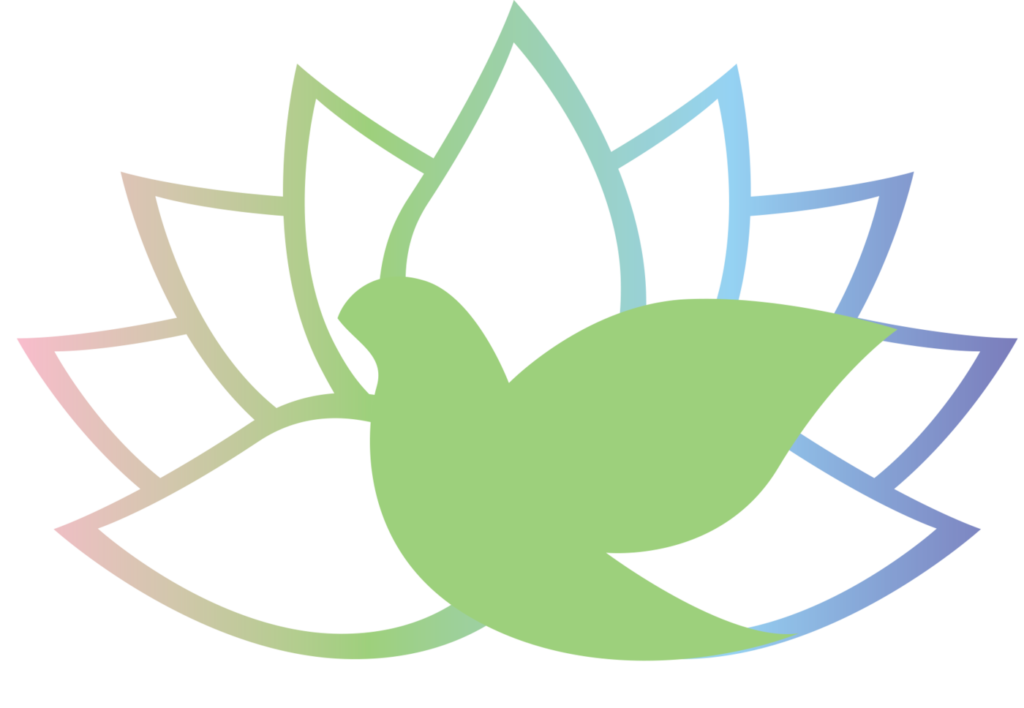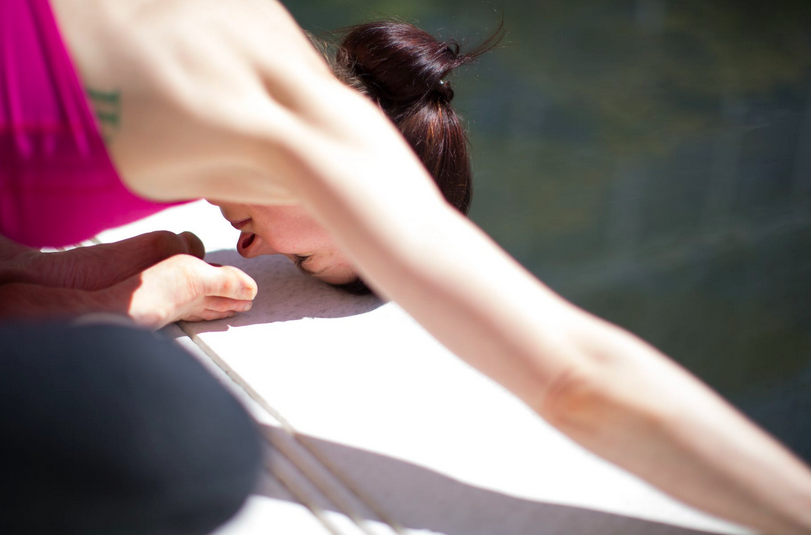Ahimsa, Sanskrit for “noninjury,” is the ethical principle of not causing harm to other living things. For one who chooses to practice Ahimsa from an outside perspective — or on the periphery — it means they agree to not kill animal life. Yet, for one who is a dedicated practitioner, it means they agree to prevent knowingly or unknowingly being the cause of injury to any living soul. Therefore, Ahimsa applies to humans as well as animals, insects, plants and even microbes. Ahimsa is known as one of the first disciplines learned by a student of Yoga.

Join our Community of Peaceful Living Wellness Warriors
and receive a special free gift:
Our Top 5 Tips for Peaceful Living
Here are 4 practical steps to practice Ahimsa in your life:
Learn The Art of Nonviolence
To be nonviolent may seem as a no-brainer when we read it. Yet think deeper into this. Nonviolence is as necessary practice with the self as well.
How often do you find you say negative comments to yourself? Perhaps you use self-doubt as a coping mechanism, or a way to receive pity from others without realizing it? It may show up as a simple unconscious statement such as, “oh, I look a mess today,” “my life sucks right now,” “I am a slob”. These are real statements that when used continuously may cause mental pain. In the practice of Ahimsa, this is a harmful act.
Practice self-love talk today. Begin your day with “I look great even as I wake up in the morning,” “my life is teaching me valuable lessons and I’m for it,” “I enjoy organized chaos and clean when I can” these are phrases that are uplifting and are less harmful. Meditation also helps with this practice, we offer self-loving meditation styles within Effervescence YogaSpa’s On Demand Platform.
Practice Nonviolence with Insects and Reptiles (Yes, INSECTS)
I witnessed a very curious fly on my hand last week while traveling within the most magical place in the States – The Grand Canyon. He seemed to enjoy my presence so much that he stayed on for the ride before I took a bus trip back to the parking lot. Now, I could have shown fear and anger through swooshing him away, yet because I practice Ahimsa as much as is possible in my life, I chose curiosity and began to look at him more closely. He was fuzzy, and had a backend that resembled that of a bumblebee. Low and behold, he was super cute!
When I see a spider in my house, I grab a piece of paper and I place it back outside. It’s usually the small jumpy spiders and so a glass cup helps to hold them on the paper as well. When a lizard gets lost and finds its way in my house, I try to catch it or lure it to place back outside.
Insects and reptiles typically enter our home on accident.
The practice of Ahimsa gives us the power to understand they want to be back in their habitat – alive.
Comment below if you use a certain method to help get them back outside when they accidentally come into your home. Extra credit points on how you are teaching your children to do the same.
Related Post: YOUR YOGA JOURNEY: Four Life Skills I Learned From Yoga
Ahimsa On Social
Yes, social media, the bane of my husband’s existence, yet the thriving network I utilize to share my business with the world. We have a mutual agree to disagree mindset.
However, with social media you may have noticed a time or two when someone really could have had a lesson on Ahimsa. They leave nasty, negative comments and then ghost. It’s sad and unfortunate that someone actually believes they are creating change by being negative. Let’s band together and practice Ahimsa online this week.
Leave pleasing comments on a strangers social. Speak to how their photo inspired you, or how their message spoke to you. There are massive amounts of ways to get creative and leave positive messages among the social media community.
Family and Ahimsa
This may seem obvious, but practicing Ahimsa with family is truly important. To begin now, let’s look at moments when you may have anger rise up and out at someone you dearly love. Do you spat out at them, yell, and perhaps say things you wish later on you had not said? These are reactive moments. A dedicated practitioner of Ahimsa utilizes the skill of stop, breathe, and wait before discerning the situation. They are not reactive as they practice the art of nonviolence. Attempt this method this week. The next time you feel the anger begin to rise up and you feel you may lash out, close your mouth, take a deep breath and wait. With this method I have personally seen a change. If I lash out, an argument ensues. If I wait, I begin to see an almost immediate change in the other person I am frustrated with. With this space they have the chance to regroup their own thoughts and usually come forward with a way to work together.

BRITTNEY HILLER
Brittney is the creator of the Effervescence Yoga brand and the owner of Effervescense Yoga Spa in the beautiful resort town of Beaufort, South Carolina. Brittney is passionate about leading a life full of laughter and joy! That is why she is also a certificated laughter yoga teacher & laughter yoga leadership trainer. She is also a Follow-Your-Passion Coach and the producer and head talent of Flowcountry, the Lowcountry’s only streaming yoga show!




